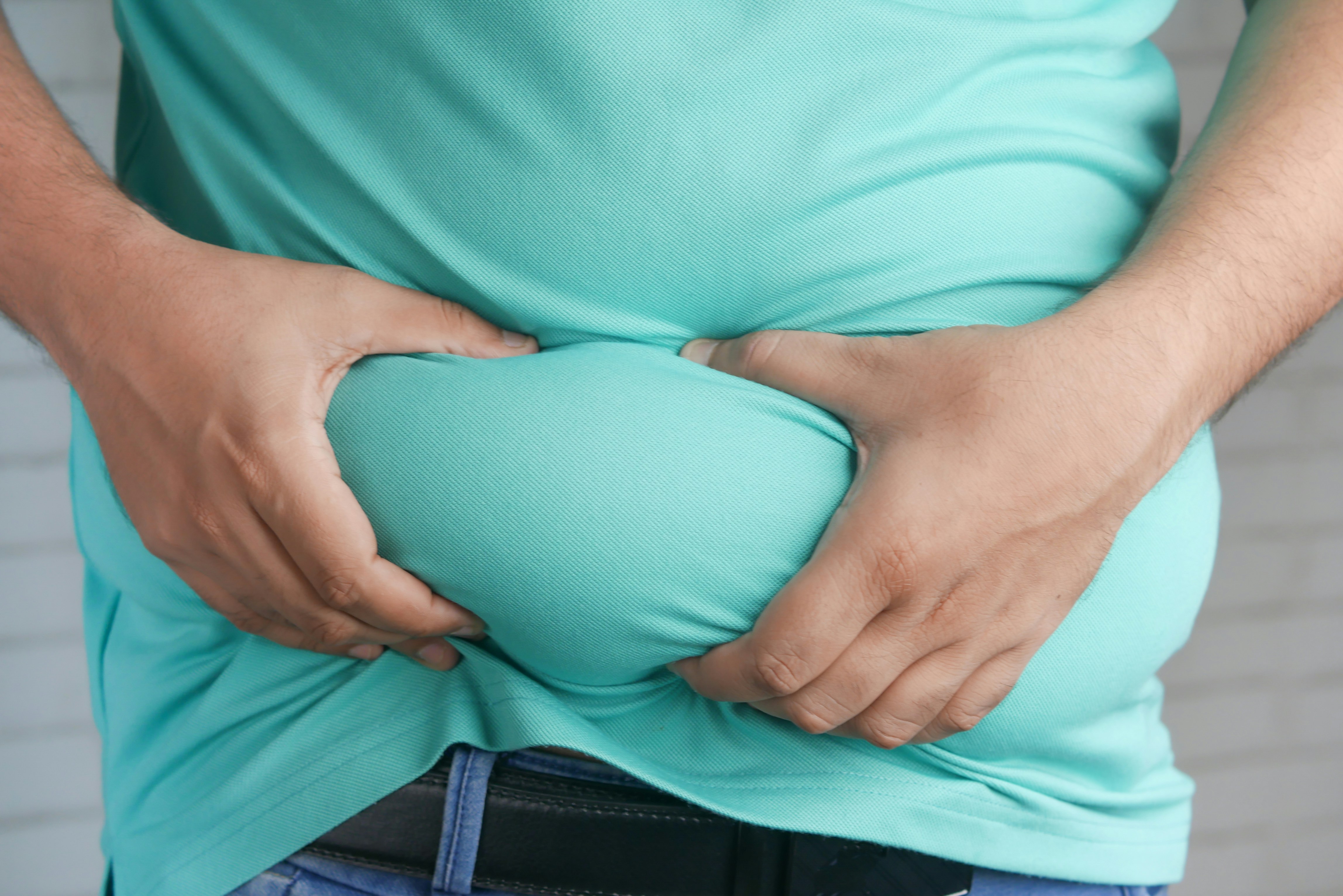
Understanding Belly Fat: The Science Behind It
Belly fat is classified into two main types: subcutaneous fat and visceral fat. Subcutaneous fat lies just beneath the skin and can be pinched, whereas visceral fat is located deeper within the abdominal cavity, surrounding vital organs. While subcutaneous fat is often considered less harmful, visceral fat poses significant health risks, as it is associated with various chronic conditions, including type 2 diabetes, heart disease, and metabolic syndrome. Understanding these two types of fat is essential for anyone looking to belly fat reduce exercise successfully.
Various factors contribute to the accumulation of both subcutaneous and visceral fat. One of the primary contributors is lifestyle choices, such as physical inactivity and poor diet. Diets high in processed foods, sugars, and unhealthy fats can lead to weight gain and an increase in belly fat. Inadequate levels of physical activity can exacerbate these effects, emphasizing the need for effective exercises to combat fat accumulation.
Another critical factor is stress. Stress triggers the release of hormones like cortisol, which can promote fat storage, particularly in the abdominal area. Additionally, hormonal imbalances related to conditions such as polycystic ovary syndrome (PCOS) can also lead to increased belly fat. These elements highlight the intricate relationship between lifestyle, stress, and fat accumulation.
Understanding the science behind belly fat is essential not only for motivation but also for developing effective strategies for reduction. By grasping the implications of both subcutaneous and visceral fat, individuals can appreciate the importance of incorporating targeted exercises and possible products into their routines. Tackling these underlying issues through lifestyle changes and exercises tailored to belly fat reduction can pave the way for improved health and well-being.
Top Exercises to Target Belly Fat
Reducing belly fat requires a combination of targeted exercises and a well-structured fitness routine. For optimal results, it is advisable to incorporate both cardiovascular workouts and strength training exercises that specifically engage the core. One effective approach involves High-Intensity Interval Training (HIIT), which alternates between short bursts of intense activity and rest. This method efficiently burns calories and can contribute significantly to belly fat reduction.
One effective HIIT exercise is the burpee, which combines a squat, push-up, and jump for a full-body workout. To perform a burpee, start standing, drop into a squat position with your hands on the ground, kick your feet back into a plank, execute a push-up, return to the squat position, and finally jump up with your arms raised. Repeat this movement for 20-30 seconds followed by a short rest period. Incorporating this exercise into your routine two to three times a week can yield significant improvements.
In addition to cardio, strengthening the core is crucial for reducing belly fat. Planks are a renowned exercise that targets multiple muscle groups. To perform a plank, position your body face down, resting on your forearms and toes, ensuring a straight line from head to heels. Hold this posture for 30-60 seconds, gradually increasing the duration as you gain strength. This simple yet effective exercise engages the deep core muscles, increasing overall stability and reducing the risk of injury.
Moreover, engaging in full-body exercises such as squats or deadlifts can also support belly fat reduction. These compound movements not only work the core but also engage larger muscle groups, leading to a higher calorie burn. For a balanced routine, aim for three to four workout sessions each week that combine cardio and strength training, while ensuring adequate rest and recovery.
Maintaining motivation is key to achieving fitness goals. Tracking progress, setting achievable targets, and varying workouts can keep the routine exciting, encouraging consistency and promoting effective belly fat reduce exercise.
Best Amazon Products for Reducing Belly Fat
When embarking on a journey to reduce belly fat, incorporating the right products can significantly enhance your efforts. Amazon offers a vast array of fitness and nutritional items tailored to buttress your weight loss journey effectively. Here, we will review several top products that provide support in both physical exercise and dietary management.
Resistance bands are versatile tools that can be used to perform a wide range of exercises designed to target core muscles. These bands come in varying resistance levels, allowing users to gradually increase intensity. Many customer reviews highlight their effectiveness in enhancing both strength training and flexibility, making them an ideal option for those looking to engage in belly fat reducing exercises at home.
Kettlebells are another excellent investment for anyone aiming to lose abdominal fat. This piece of fitness equipment adds a dynamic element to traditional weight training by engaging multiple muscle groups simultaneously. It allows for a variety of exercises that improve strength and core stability, crucial factors in any effective belly fat reduce exercise regimen. Users rave about how kettlebell workouts can be both simple and challenging, catering to different fitness levels.
Abdominal rollers provide a focused method to strengthen the core. This equipment helps tone the abdominal muscles and, when paired with a consistent workout routine, can lead to noticeable reductions in belly fat. Many reviewers note improvements in their core strength and overall stability as a result of using an abdominal roller.
In terms of nutrition, fat-burning supplements and meal prep containers are also highly rated on Amazon. Supplements designed to assist in fat metabolism can provide a bit of support in your weight loss journey, while meal prep containers facilitate organized eating habits, crucial for anyone trying to manage their caloric intake effectively. Customer feedback often highlights their ease of use and effectiveness in maintaining healthy eating patterns.
Choosing the right products can be pivotal in achieving your fitness goals. By integrating suitable home gym equipment and dietary aids, you can set a solid foundation for your belly fat reduction journey.
Creating a Sustainable Routine for Lasting Results
Reducing belly fat effectively requires more than just a few isolated workouts; it necessitates a comprehensive approach that incorporates a sustainable routine. To achieve long-term results, individuals should focus on developing healthy habits that can be maintained over time. A successful strategy involves combining belly fat reduce exercises with a nutrient-dense diet to accelerate fat loss and boost overall well-being.
Setting clear, achievable goals is crucial for maintaining motivation throughout this journey. Goals should be specific, measurable, attainable, relevant, and time-bound (SMART). For example, instead of simply stating, “I want to lose belly fat,” a more effective goal would be, “I aim to lose one inch off my waistline in the next four weeks.” This specificity provides a tangible target that can encourage adherence to the routine.
Tracking progress is another vital element of a sustainable routine. Keeping a journal or using fitness apps can help individuals monitor their workouts, dietary choices, and overall progress. This not only aids in identifying what works well but also highlights areas that may require adjustment. Moreover, recognizing progress, whether through measurements or how one’s clothes fit, offers a psychological boost, reinforcing commitment to the routine.
Incorporating lifestyle changes, such as prioritizing quality sleep and managing stress, is equally essential. Lack of sleep and high-stress levels are often linked to weight gain, particularly around the midsection. Thus, ensuring adequate rest and employing stress-reduction techniques, such as mindfulness meditation or light yoga, can significantly contribute to achieving desired results.
Ultimately, tailoring an exercise regimen and dietary plan to fit personal preferences enhances the likelihood of adherence. Finding enjoyable belly fat reduce exercises and healthy foods can transform the approach into a sustainable lifestyle change rather than a temporary diet. Committing to a balanced routine, where physical activity and healthy eating are integrated into daily life, will produce lasting outcomes.
